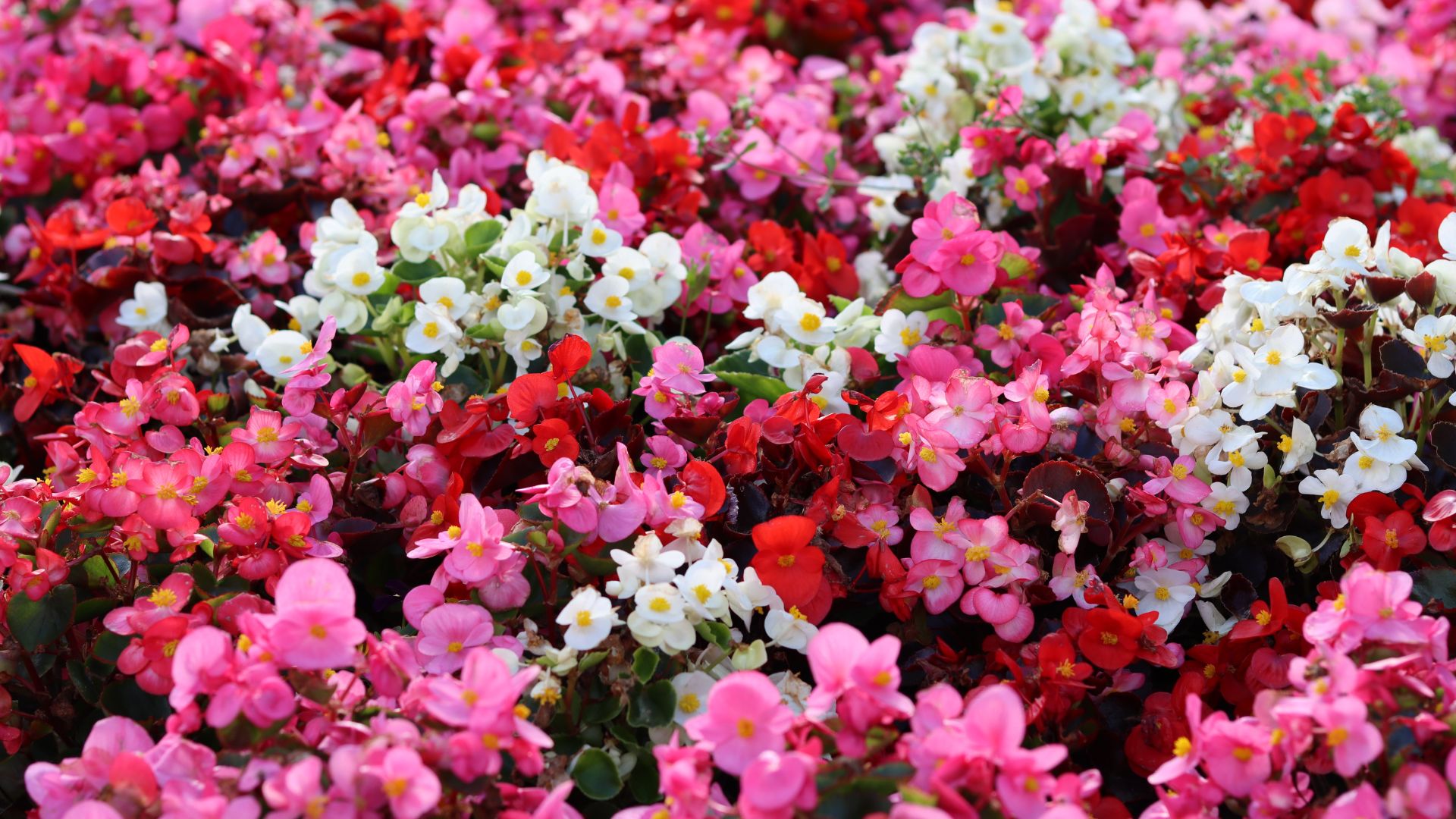
Begonias are a particularly adaptive garden bloom. Unsurprisingly, they're a popular planting addition with their waxy leaves and cascading foliage as the star of the show. They're certainly pretty little flowers that make a big statement.
These tropical natives also come in a range of stunning hues, with the most commonly planted colors being red, pink, and white. Now, to preserve begonias in all their vibrant glory and ensure they last through the chilly months, they require a touch of seasonal care in the form of overwintering.
If you live in USDA zones two to eight, this is your sign to add overwintering to your gardening to-do list, so you don't lose these flowers to the cold. They have varied requirements depending on whether they're of the tuberous, hardy, or wax type. But not to worry, we have called on a seasoned expert to help you through the ins and outs of protecting these blooms so you can enjoy your begonia-flooded backyard come spring.
How to Overwinter Tuberous Begonias
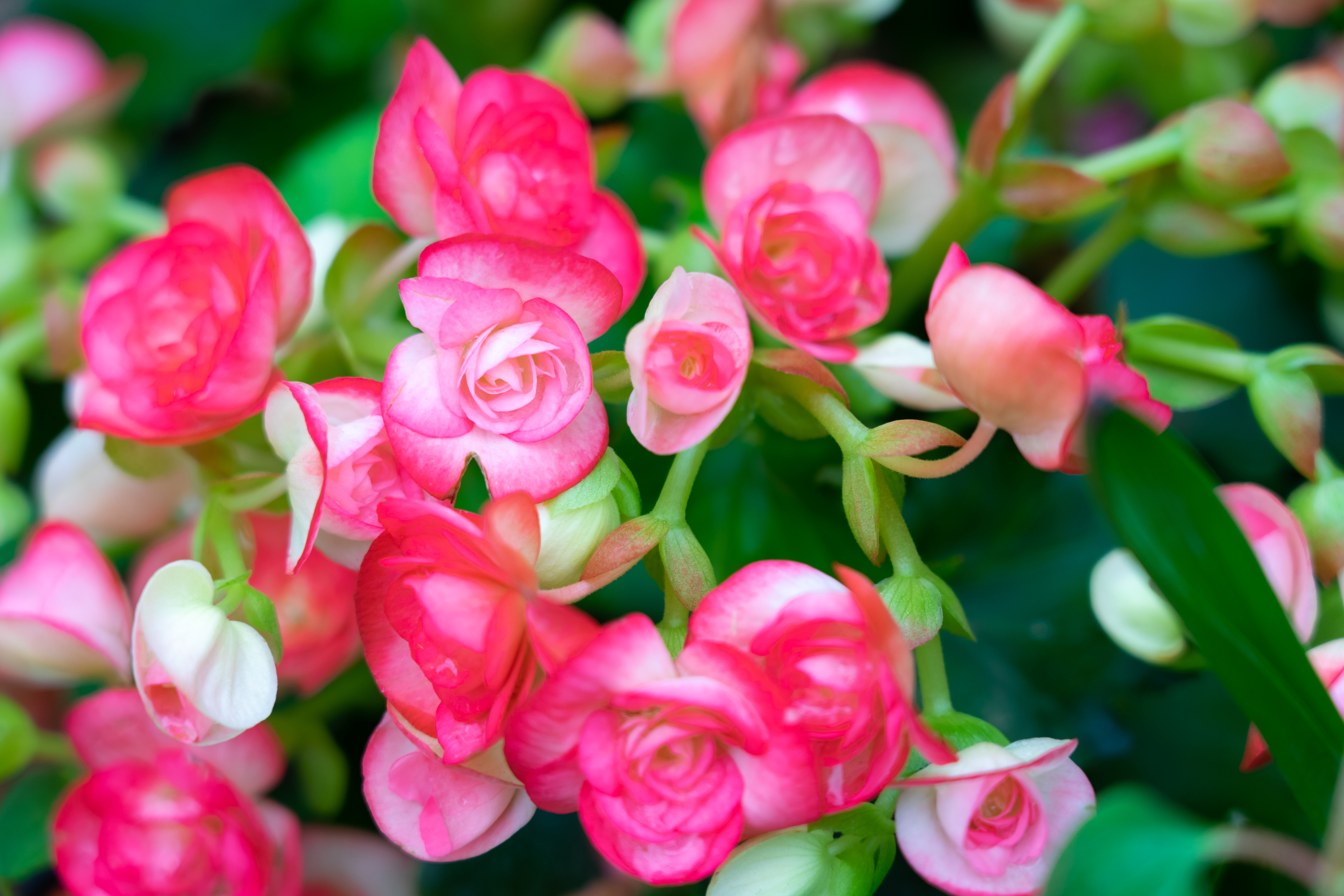
In conversation with gardening expert Tony O'Neill, he tells us that tuberous begonias can be overwintered in just five simple steps. Here is his go-to method for safeguarding this begonia variety.
Step 1: He tells us that first and foremost, it's essential to stop watering as the weather cools and foliage dies back.
Step 2: Next, he tells us to lift the tubers from the soil carefully after the first frost. "Be sure to gently shake off excess soil," he advises. "And allow the tubers to dry in a cool, dry place for a week."
Step 3: Once dry, he suggests storing the tubers in a box filled with peat moss, vermiculite, or sawdust.
Step 4: "Keep the box in a cool, dark spot through the winter," he says. "Aim for around 45 - 55°F or 7 - 13°C."
Step 5: Finally, he encourages gardeners to check the tubers periodically for rot or dehydration and recommends lightly misting the storage medium if needed.
These begonia flowers are considered one of the most low-maintenance plants for window boxes, and while this might seem like a tenuous process, it's the only time of year they require some added TLC and the blooms in spring are worth the effort.
How to Overwinter Hardy Begonias
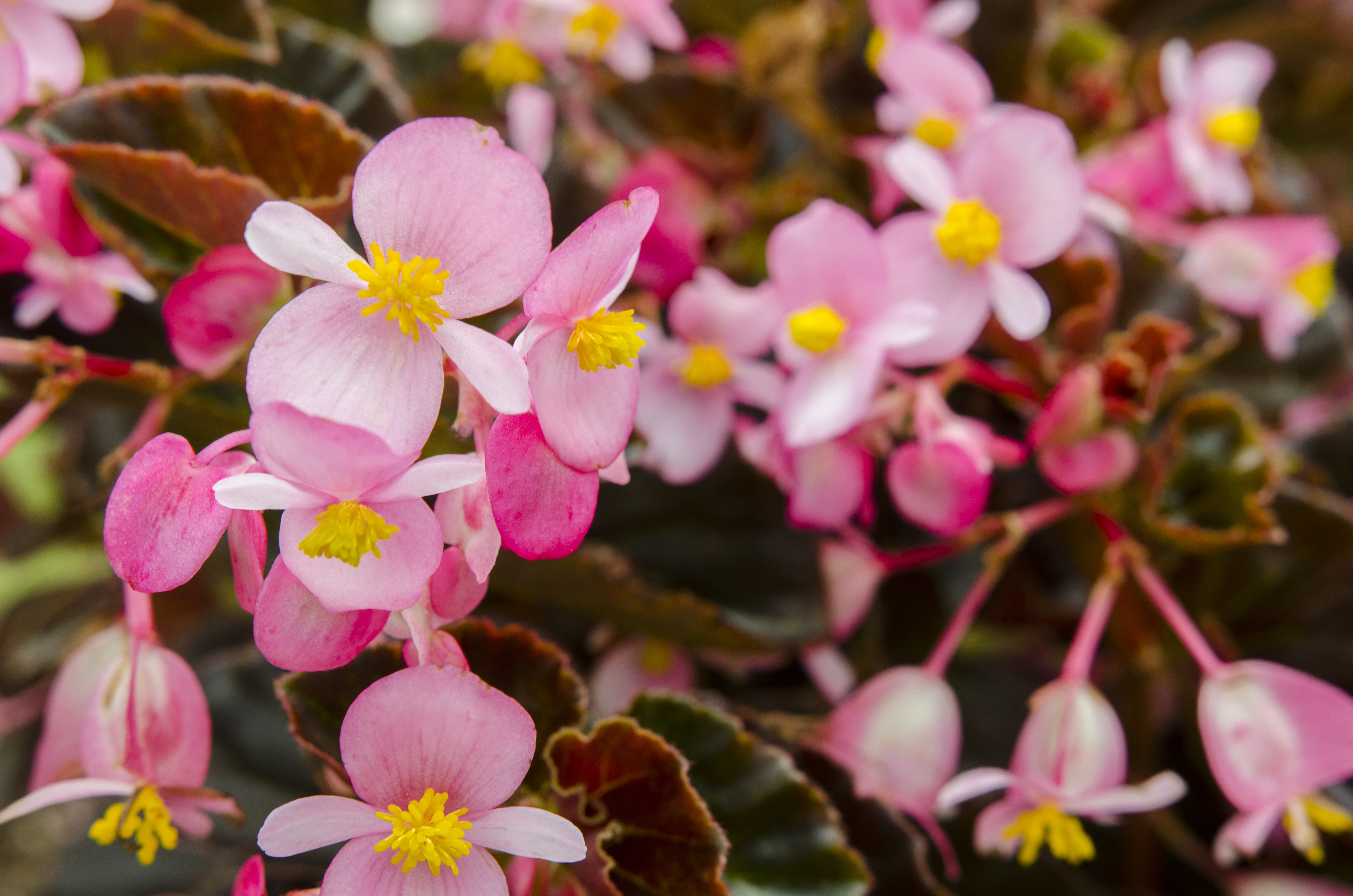
We find that hardy begonias are more likely to withstand the cool weather that will soon embrace your backyard, and Tony agrees. However, he finds that there's a simple two-step method to overwintering this variety that is sure to keep them protected from the frost.
Here's his guide to overwintering hardy begonias so your blooms can reclaim their place as romantic cascading flowers in your window boxes after the frost.
Step 1: He tells us to start by cutting back the foliage once it begins to yellow after the first frost.
Step 2: "Next, add a thick layer of mulch, aiming for about 2-4 inches," he notes. "And place the mulch over the plant to protect the roots from freezing."
Tony explains that this method typically allows hardy begonias to survive winter outdoors in zones 6-9. If you're looking for mulch to shield your hardy begonias, we recommend these 100% Natural Pine Bark Mulch Nuggets from Amazon.
How to Overwinter Waxy Begonias
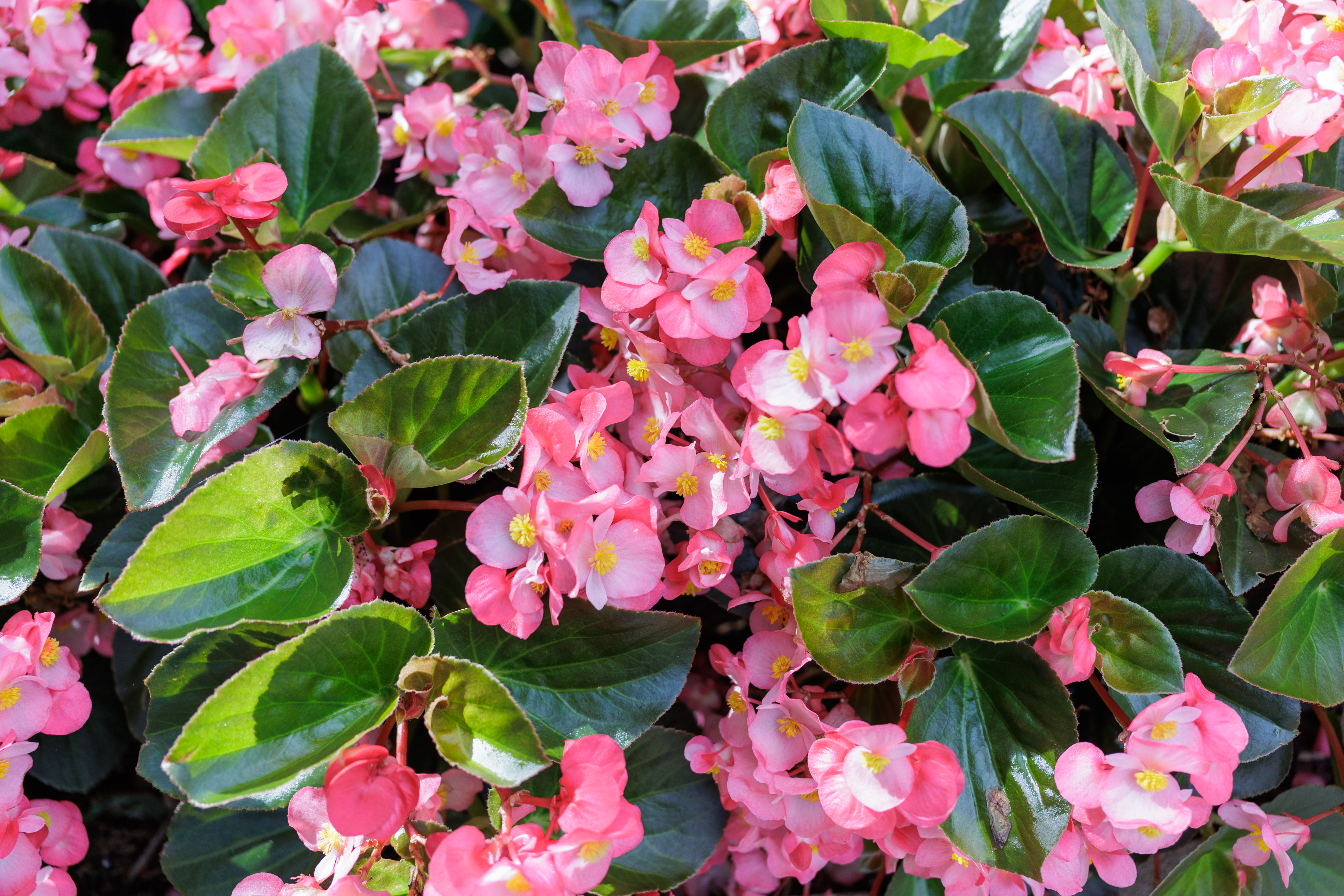
When it comes to overwintering wax begonias, Tony tells us that this variety can be treated as houseplants in colder climates. To prepare your wax begonias for winter, follow this easy three-step guide.
Step 1: Before the first frost, Tony encourages gardeners to carefully dig up the plant and pot it indoors.
Step 2: "Then, place it in a bright, sunny location and reduce watering," he says. "Make sure you keep the soil slightly moist but not waterlogged."
Step 3: And most importantly, he tells us to ensure temperatures remain above 60°F (16°C) indoors for best results.
Since begonias are known to be flowers you can easily grow on a windowsill, bringing them into your space will certainly add a pop of color and elevate the way your home looks and feels, with its undeniably beautiful petals.
No matter the type of begonia growing in your backyard, Tony has a guide for you. So before you get to overwintering your begonias, simply give your variety a quick search to identify which category they lie in, and carry out the respective process accordingly.
Tending to each variety will prevent your hard work from going to waste and instead of having your blooms freeze over, you'll be able to have them live another year and bring more florets to your garden when flowering season rolls around.
FAQs
How to Overwinter Potted Begonias?
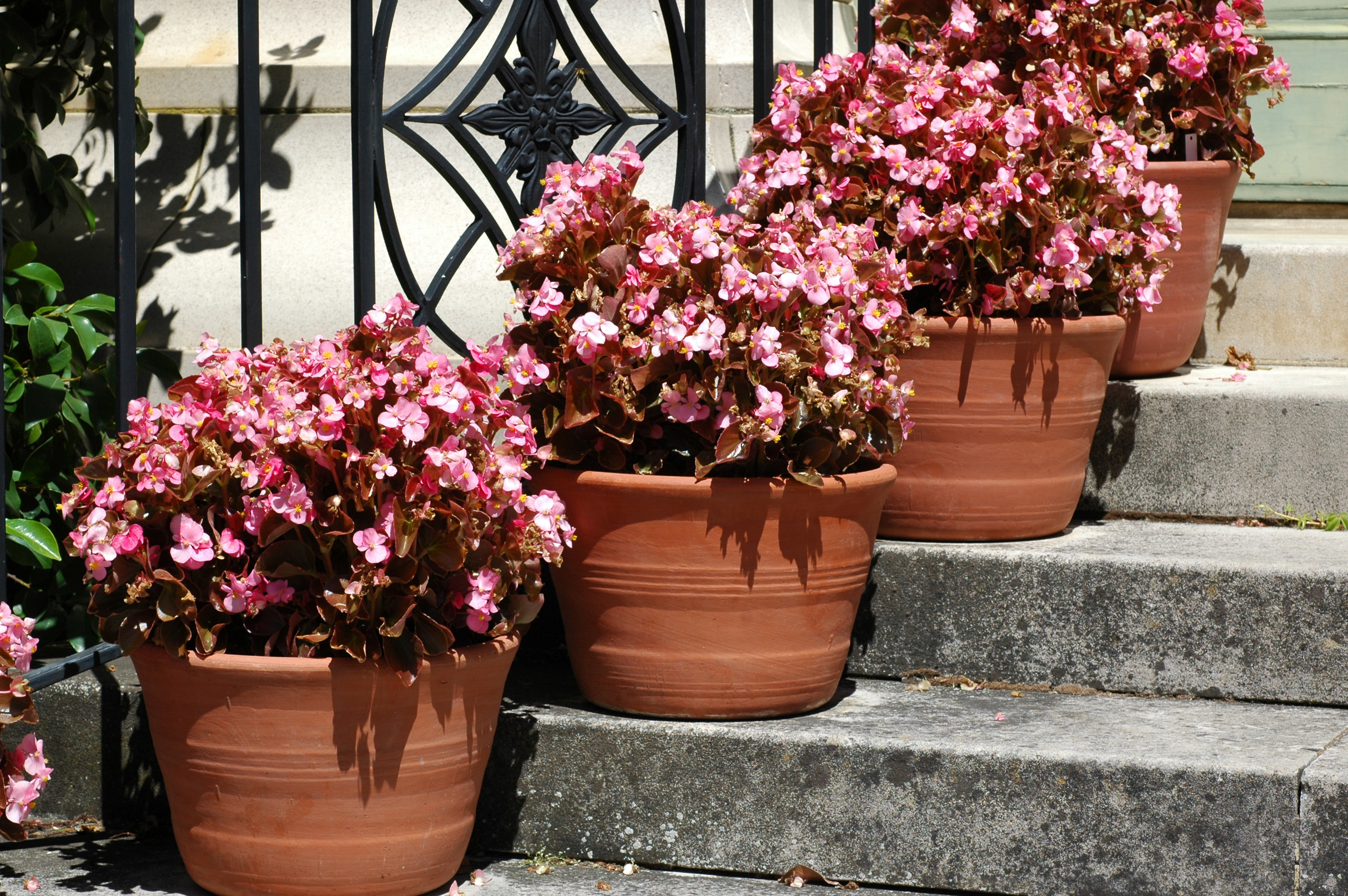
If you've swapped your home-grown crops for container gardening blooms, then Tony tells us it's a good idea to overwinter your potted begonias.
"First, bring the pots indoors before the first frost and place them in a bright spot, avoiding direct sunlight," he says. "Then, all that's left is to reduce watering, ensuring the soil stays moist but not soaked."
Tony finds that potted begonias can basically be treated like houseplants, so they don’t go fully dormant but will slow their growth during winter.
Should You Cut Back Begonias in the Winter?
"Yes, for most types of begonias, it’s beneficial to cut back the foliage in late autumn or after the first frost," notes Tony. "This is especially true for tuberous and hardy begonias."
He explains that doing so prevents disease and encourages healthy regrowth in the spring. However, he also points out that wax begonias brought indoors don't need to be cut back unless there is unhealthy or leggy growth.
Price: $15
Quantity: Pack of 4
If you've been meaning to add some gorgeous pink flowering foliage to your backyard, then these 'Strawberry Ripple' Begonia Bulbs should be the next thing you plant.







